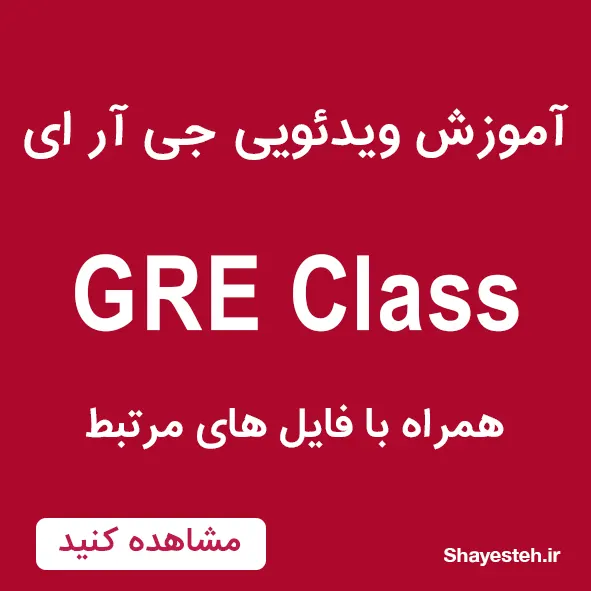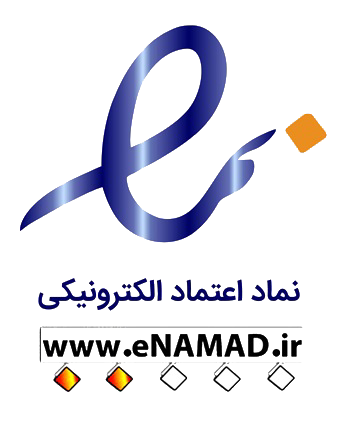در صورتی که اشکالی در ترجمه می بینید می توانید از طریق شماره زیر در واتساپ نظرات خود را برای ما بفرستید
09331464034
Topic:
Two years ago, radio station WCQP in Rockville decided to increase the number of call-in advice programs that it broadcast; since that time, its share of the radio audience in the Rockville listening area has increased significantly. Given WCQP's recent success with call-in advice programming, and citing a nationwide survey indicating that many radio listeners are quite interested in such programs, the station manager of KICK in Medway recommends that KICK include more call-in advice programs in an attempt to gain a larger audience share in its listening area.
Write a response in which you discuss what questions would need to be answered in order to decide whether the recommendation and the argument on which it is based are reasonable. Be sure to explain how the answers to these questions would help to evaluate the recommendation.
دو سال پیش، ایستگاه رادیویی WCQP در راکویل تصمیم گرفت تعداد برنامه های مشاوره تماسی را که پخش می کند افزایش دهد. از آن زمان، سهم مخاطبان رادیو در منطقه مخاطبین راکویل به طور قابل توجهی افزایش یافته است. با توجه به موفقیت اخیر WCQP، در برنامه های مشاوره تماس و استناد به نظرسنجی های انجام شده در سراسر کشور نشان داده شده که بسیاری از شنوندگان رادیو کاملاً به چنین برنامه هایی علاقه مند هستند، مدیر ایستگاه KICK در Medway توصیه می کند KICK برنامه های مشاوره تماس بیشتری را در تلاش برای به دست آوردن سهم بیشتری از مخاطبان در منطقه مخاطبین در برنامه های خود بگنجاند.
پاسخی بنویسید که در آن درباره اینکه چه سوالاتی باید پاسخ داده شود تا تصمیم بگیرید که آیا پیش بینی و استدلالی که بر آن استوار است منطقی است یا نه بحث کنید. حتماً توضیح دهید که چگونه پاسخ این سوالات به ارزیابی پیش بینی کمک می کند.
Strategies
The first step in performing your analysis consists of identifying the texts’ key point, recommendation, prediction or hypothesis. All the other arguments and assumptions are designed to support this central claim. In this case, the author attempts to demonstrate that “more call-in advice program will increase the stations’ listener ratings”.
The next step would involve creating a statement that summarizes the text by including the central claim and its supporting arguments.
The station manager of KICK recommends increasing the number of call-in advice programs that are being broadcasted in order to gain a larger audience, given that a similar strategy has worked for a radio station in another town, and a national survey indicates that people are interested in such programs.
When considering what questions are needed to evaluate the arguments outlined in the text, it is important to keep in mind that arguments are based on assumptions – points that are taken to be true, without need for proof. This is what you need to look for – explicit and implicit assumptions, since they lack the evidence required to prove their validity.
Assumptions:
i) Explicit Assumption: WCQP’s increase in listeners is due to the additional call-in advice programs
Implicit Assumptions:
a) There were no other internal factors that could have contributed to WCQP’s increase in listener ratings
b) There were no other external (economical) factors that could have contributed to the increase in listener ratings
c) The increase in listener ratings is for the call-in advice time slot
d) The increase in listeners was significant
ii) Explicit Assumption: The national survey accurately reflects the preferences of Medway’s population
Implicit Assumptions:
a) Demographics of both Medway and the survey are compatible
b) The survey findings are conclusive
iii) Explicit Assumption: The strategy applied in Rockville is applicable in Medway
Implicit Assumptions:
a) Rockville and Medway have similar target
b) WCQP and KICK have similar market situations
c) WCQP and KICK are comparable in terms of size and popularity
iv) Explicit Assumption: KICK’s audience will increase with more call-in advice programs
Implicit Assumptions:
a) Medway’s radio listener market size is big enough to support the potential audience growth
b) There is a need for call-in advice programs
c) The need for call-in advice programs was not met elsewhere:
After having established your assumptions, you can find the questions that are needed to evaluate the argument by rephrasing each implicit assumption.
Sample 1:
The station manager of KICK recommends increasing the number of call-in advice programs that are being broadcasted in order to gain a larger audience, given that a similar strategy has worked for a radio station in another town, and a national survey indicates that people are interested in such programs. Like all changes to a business’ approach, the recommendation made by KICK’s manager carries with it a risk of failure, and as such needs to be thoroughly analyzed before any decisions of implementing the suggested strategy are made.
In outlining his reasoning for the recommendation, the station manager of KICK rests his case on the assumption that WCQP’s increase in listeners is due to the additional call-in advice programs. The first question that comes into mind, in this case, is if there were any other internal and external factors that could have contributed to the increase in listeners, such as a shutdown of one of WCQP’s major competitors, the start of a WCQP promotional campaign or the station acquiring a popular radio host. Having a great number of other plausible explanations for WCQP’s success would significantly weaken the premise that more call-in advice programs would have the desired effect on KICK’s listener basis. However, should the answer to the question prove that the increase in call-in advice programs is the sole or major reason responsible for the listener audience boost then it becomes plausible that WCQP’s success can be replicated by KICK, given additional compatibility points like market analysis data.
The next inquiry point related to WCQP’s success would investigate during which time slot the WCQP listener ratings increased and how significant was this increase. This data can serve to research whether the listener increase is statistically relevant. A rise in listener ratings of 1%, while technically still considered an increase, would mean that adding more call-in advice programs is a costly method with no substantial benefits and the station managers should consider alternate means of bolstering listener ratings. From the other perspective, should it turn out that the increase in audience market shares is a dramatic one, then KICK’s managers should give the WCQP’s strategy due consideration.
When making his case for increasing the amount of call-in advice programs the station manager cites the results of a national survey as compelling evidence that there is a great desire for programs of this type. When handling surveys and statistic data it is always important to look not only at the results but also at the theoretical framework and methodology of the study being conducted, in order to be able to ascertain whether the reasoning is sound, or if the scientists have missed some crucial aspect or mitigating factor. As such, the station manager should inquire as to how accurate are the study findings. Should the methodology be faulty, like having a small sample size with a big standard deviation, or constructing the survey questions in a leading manner, then the results would no longer be indicative of the people’s desire for listening to call-in programs, and the station manager would have to find alternative means of estimating the potential market size, lest his argument becomes significantly weakened. A properly conducted survey can serve to strengthen the station manager’s recommendation – most market analyses are based on such type of direct information gathering.
If the survey findings are accurate, then the next step would be to determine whether these results are applicable to the population of Medway. The station manager should ask himself if the survey and Medway’s demographics are compatible. If this assumption holds true, then the manager has accurately pinpointed a current need of the Medway population and the recommendation to satisfy said need by changing their programs would be more warranted. But national studies deal with averages; therefore, it is possible that what might be true for the general population is not necessarily true for a particular subgroup. For instance, a national study that identified the preferred musical genres as rock and oldies might not be so applicable to specific cases, like towns from the bible belt. Should the demographics not be comparable, then the national survey that is at the center of the station manager’s argument would not accurately reflect the preferences of the local population of Medway. In order to strengthen his argument, the station manager would have to look at radio preference indicators that are specific to Medway.
The station manager’s assumption that the strategy applied in Rockville is applicable in Medway begets the question of how similar the Medway and Rockville markets and target audiences are to each other. If the target audience demographics and the market conditions like the number of competitors, market size or degree of popularity are relatively similar, then implementing the suggested strategy would be a very good course of action, given the high likelihood of replicating WCQP’s success. Not only that, but the similarity can make the strategy very cost effective and provide KICK with a readymade implementation roadmap that has a high probability of increasing the company’s profits. However, if the market and target audiences of the two cities are different, then the assumption that the strategy applied in Rockville is applicable in Medway is significantly weakened, because there is a high likelihood that WCQP’s success strategy might not be suitable for the population of Medway. In order to deal with this possibility, the station manager would have to adapt the finer points of WCQP’s strategy to the needs of the Medway population, in which case his recommendation might still be valid. Current trendsetting strategies also rely heavily on the reuse of successful strategies with adaptations made to suit each company’s specific situation.
All in all, before arguing for the implementation of a strategy used by a different radio station, KICK’s station manager should consider whether the market conditions in the two towns are similar enough to warrant making the suggested change. The manager should also consider how to adapt the strategies if the markets prove to be too different, or completely reorient himself to other strategies, based on market demands.
نظرات کاربران
هنوز نظری درج نشده است!


